In memoriam: automotive designer Marcello Gandini (1938-2024)
As the man behind the form of the modern supercar, Marcello Gandini was hugely influential. We look back at some of his most accomplished designs
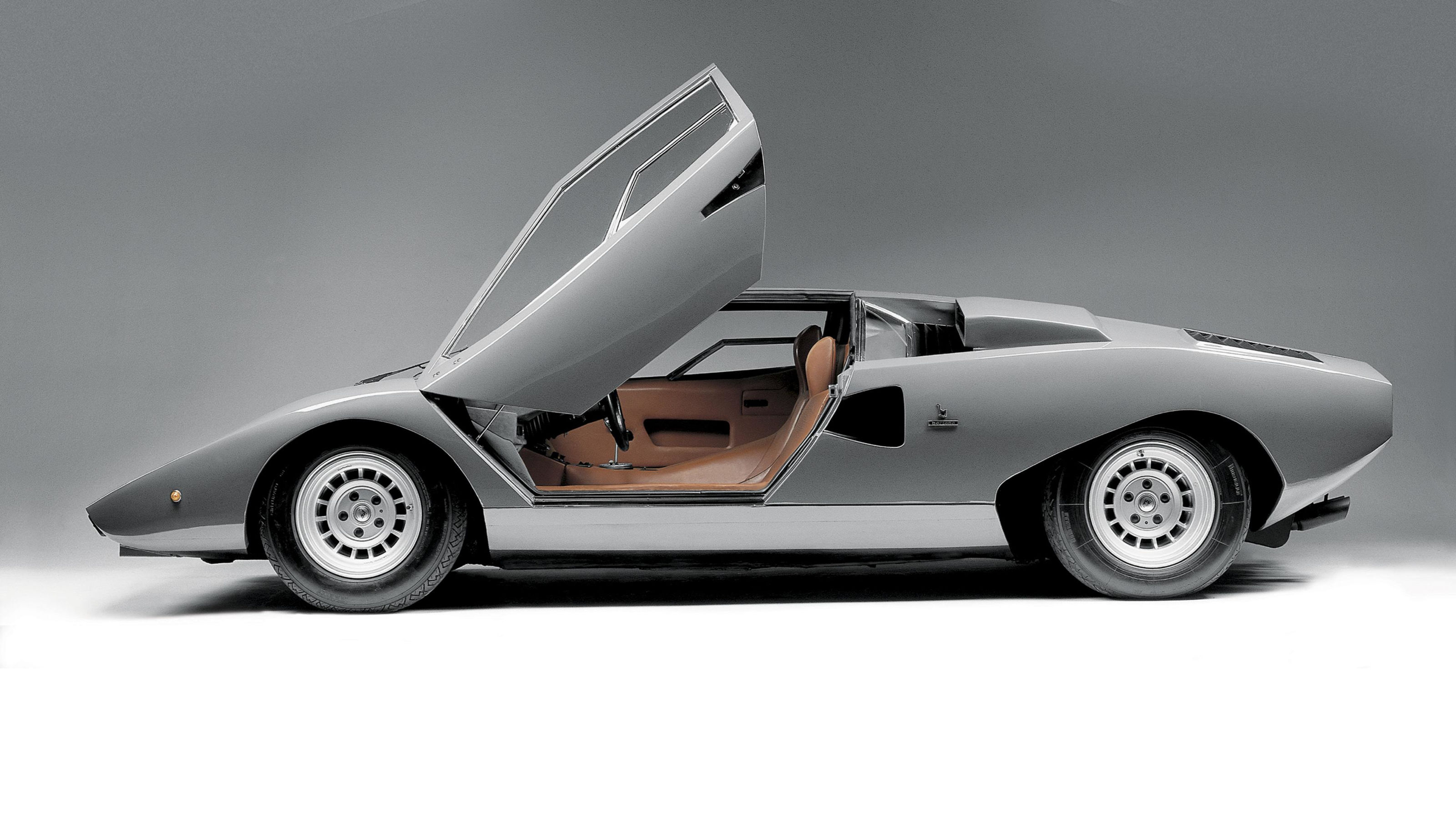
The Italian automotive designer Marcello Gandini has died at the age of 85. Born in Turin in August 1938, Gandini’s name will forever be associated with his work at the design studio of Nuccio Bertone, just outside his home city. He joined the studio in 1965 following the departure of chief designer Giorgetto Giugiaro and oversaw a particularly purple patch in the history of Italian sports car design, under the banner of Stile Bertone.
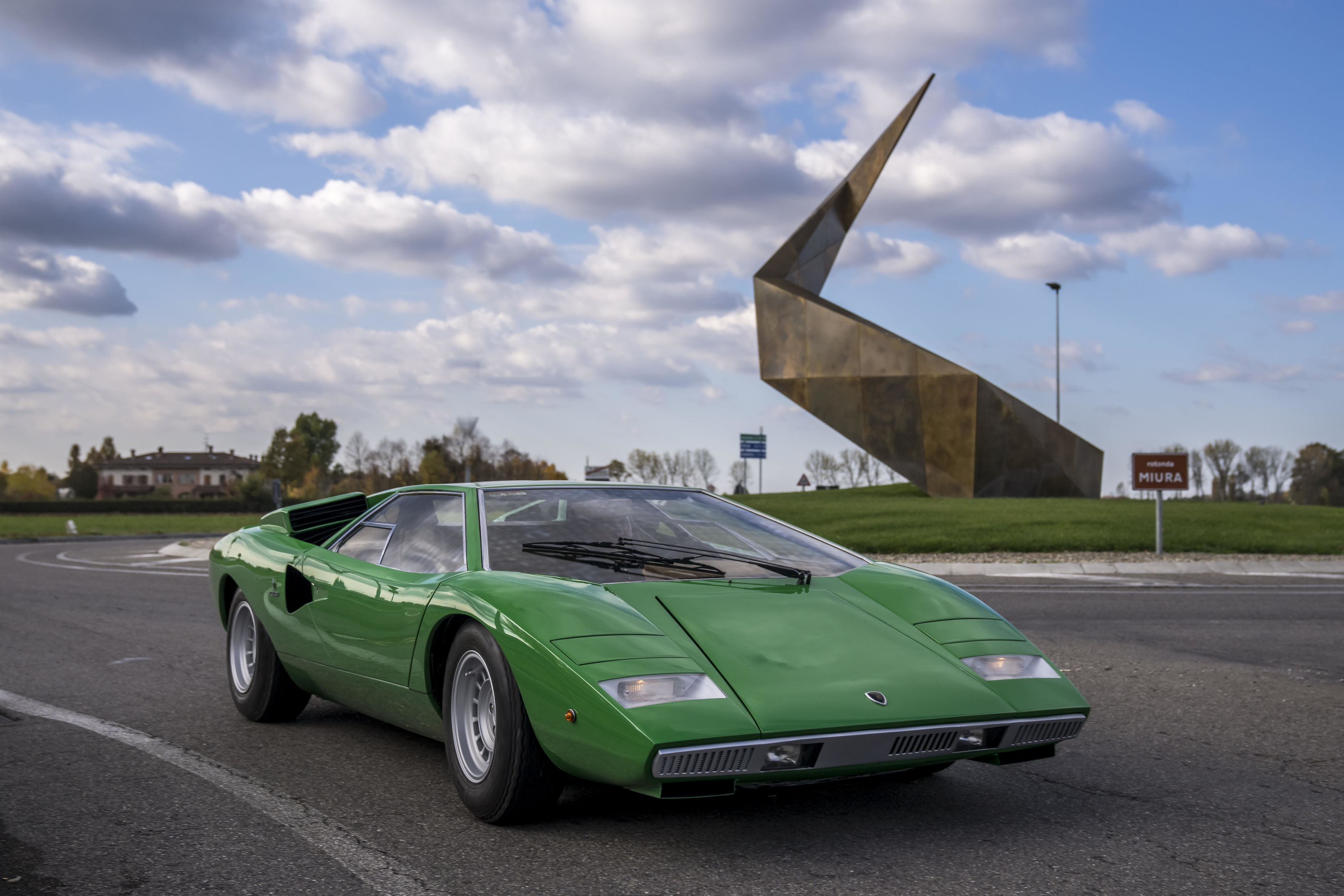
Lamborghini Countach, 1971
The car that most enthusiasts associate with Gandini is the Lamborghini Countach, presented to the world as the outlandishly low and faceted LP500 concept at the 1971 Geneva Motor Show. Three years later, the production car arrived, and had lost none of its drama. The quintessential supercar, it showed Gandini’s mastery of unadorned angularity, reducing the sweeping curves of previous generations into a tight geometric composition where not a line was wasted.
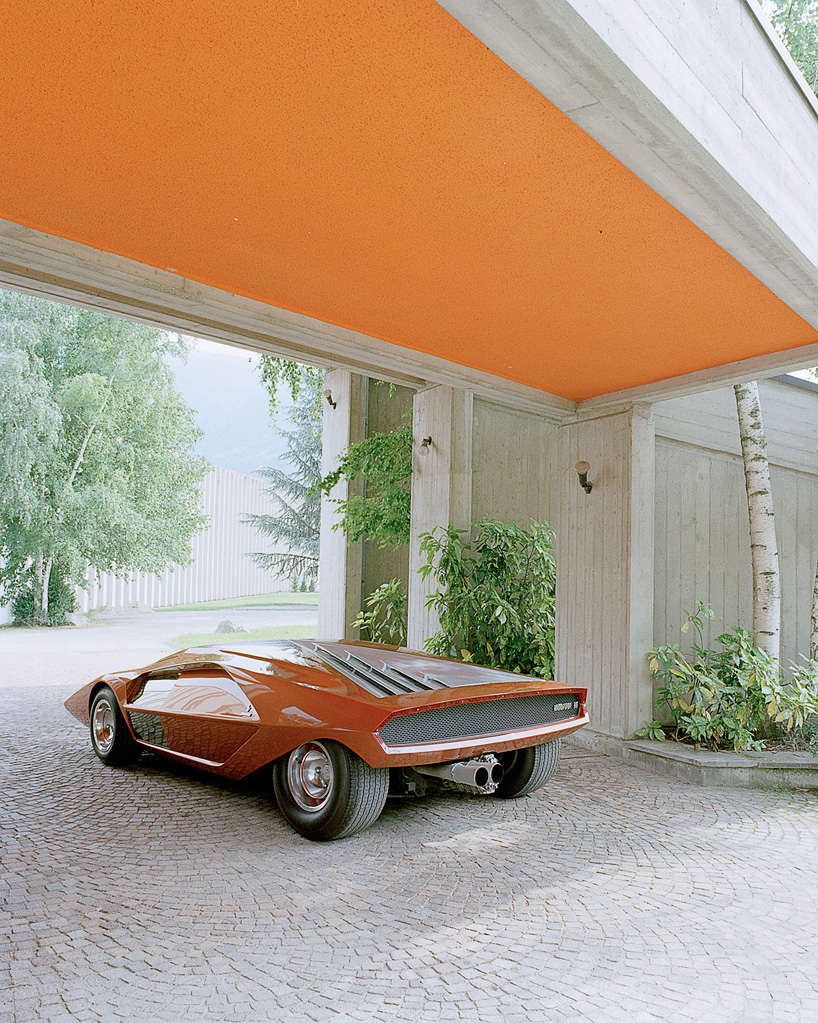
Lancia Stratos Zero, photographed by Benedict Redgrove for Wallpaper* October 2005 (W*082)
The Countach wasn’t the designer’s first exploration of this aesthetic. It was preceded by the 1970 Lancia Stratos Zero, an even more forbidding wedge-shaped concept that never made it into production. Gandini also oversaw the very different car that ultimately bore the Stratos name, built by Lancia as a road and rally car from 1973 to 1978.
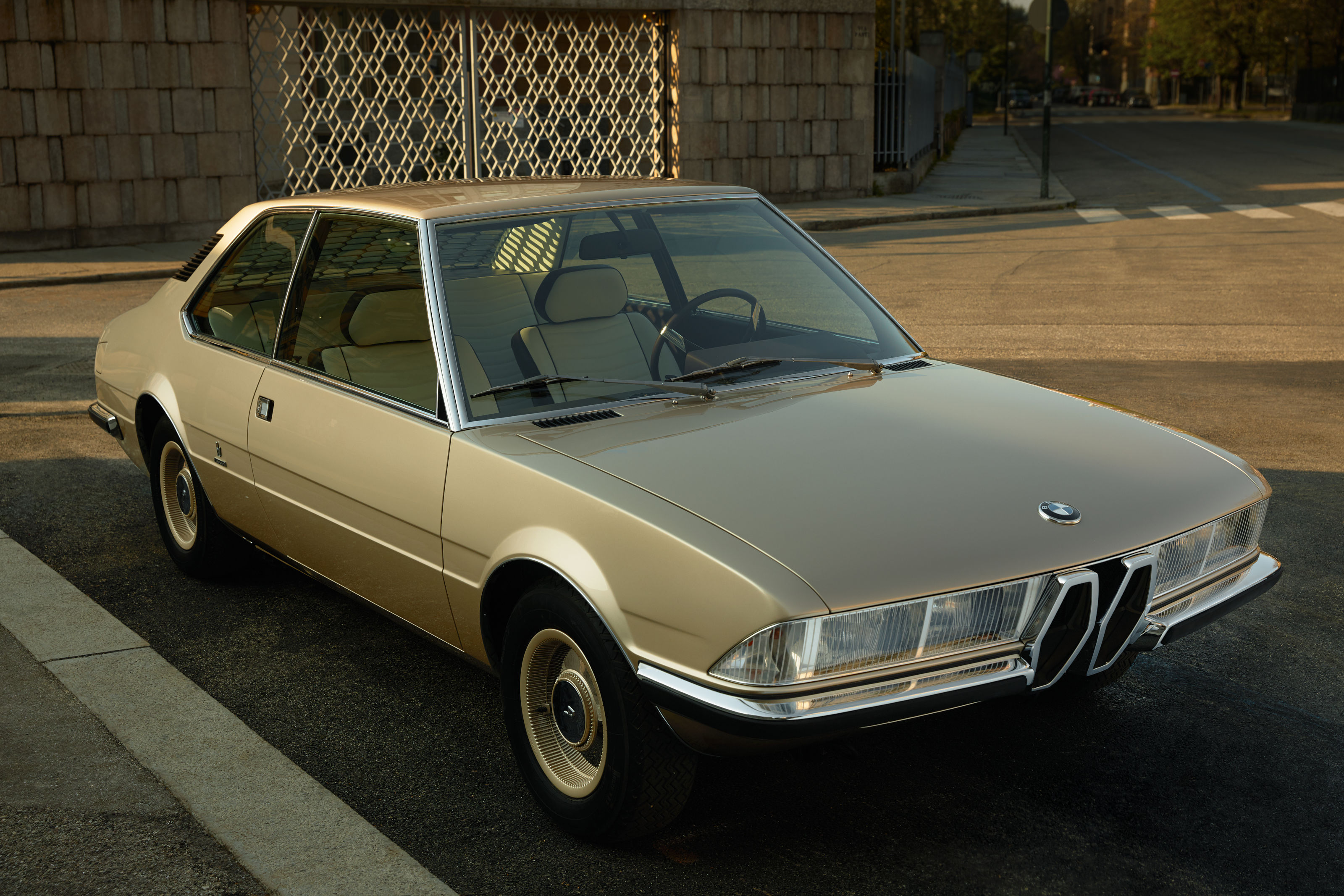
In 2019, BMW recreated the 1970 BMW Garmisch concept as an homage to Gandini. The original car had disappeared
It wasn’t all about supercars. 1970 also saw the debut of another concept, the BMW Garmisch, recently lovingly recreated by a company that recognised its influence on the form of its 1970s-era saloon cars. Other more prosaic models given the Bertone/Gandini treatment include the boxy Fiat 132 and the space age-Citroën BX, over two million of which were built from 1982 to 1994.
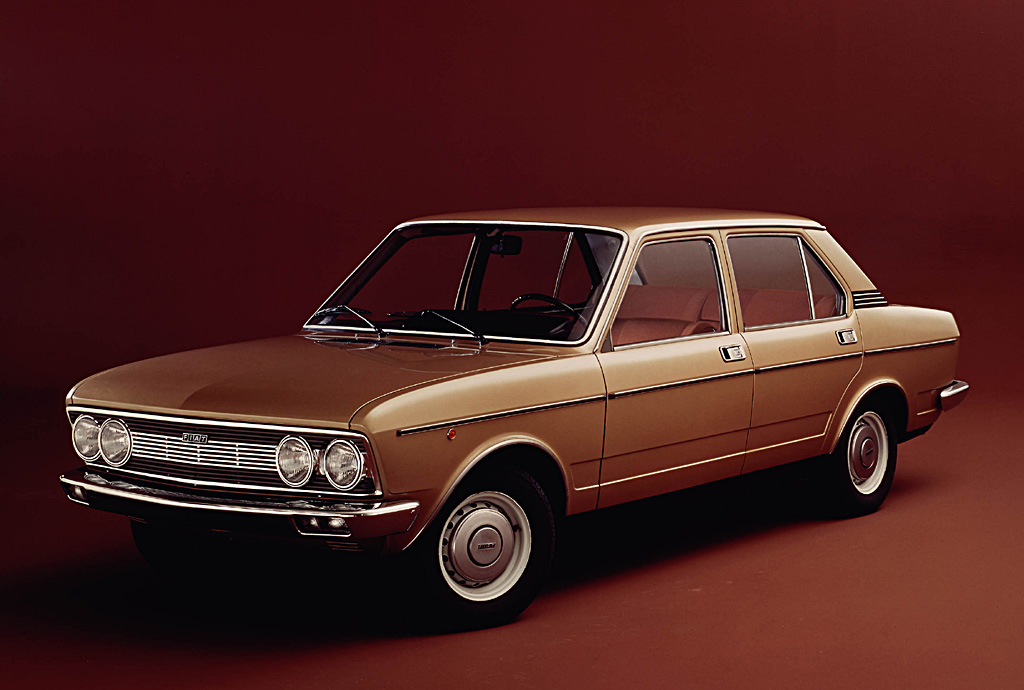
Fiat 132, 1972
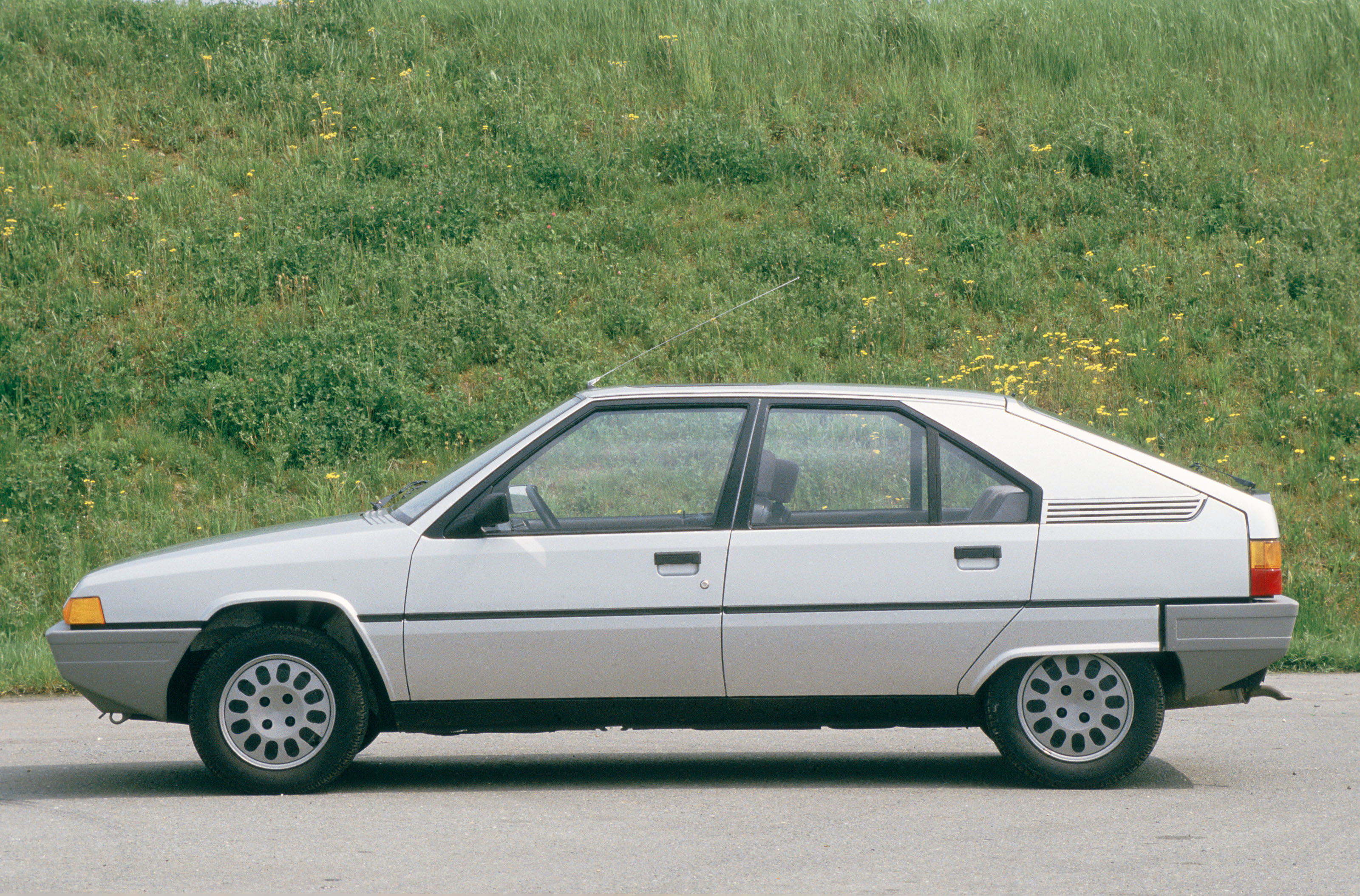
Citroën BX, 1982. The production car drew heavily on Bertone's 1979 Volvo Tundra Concept
Sports cars, however, were most likely to get the Gandini touch. Before the Countach, he had overseen the design of its predecessor while at Bertone, the Miura. Still regularly considered to be one of the most beautiful cars ever made, the mid-engined Miura was completed in record time to be shown at the 1966 Geneva show – developed so fast that its proposed V12, designed by former Ferrari engineer Giotto Bizzarrini, didn’t actually fit into the prototype. Show visitors were none the wiser.
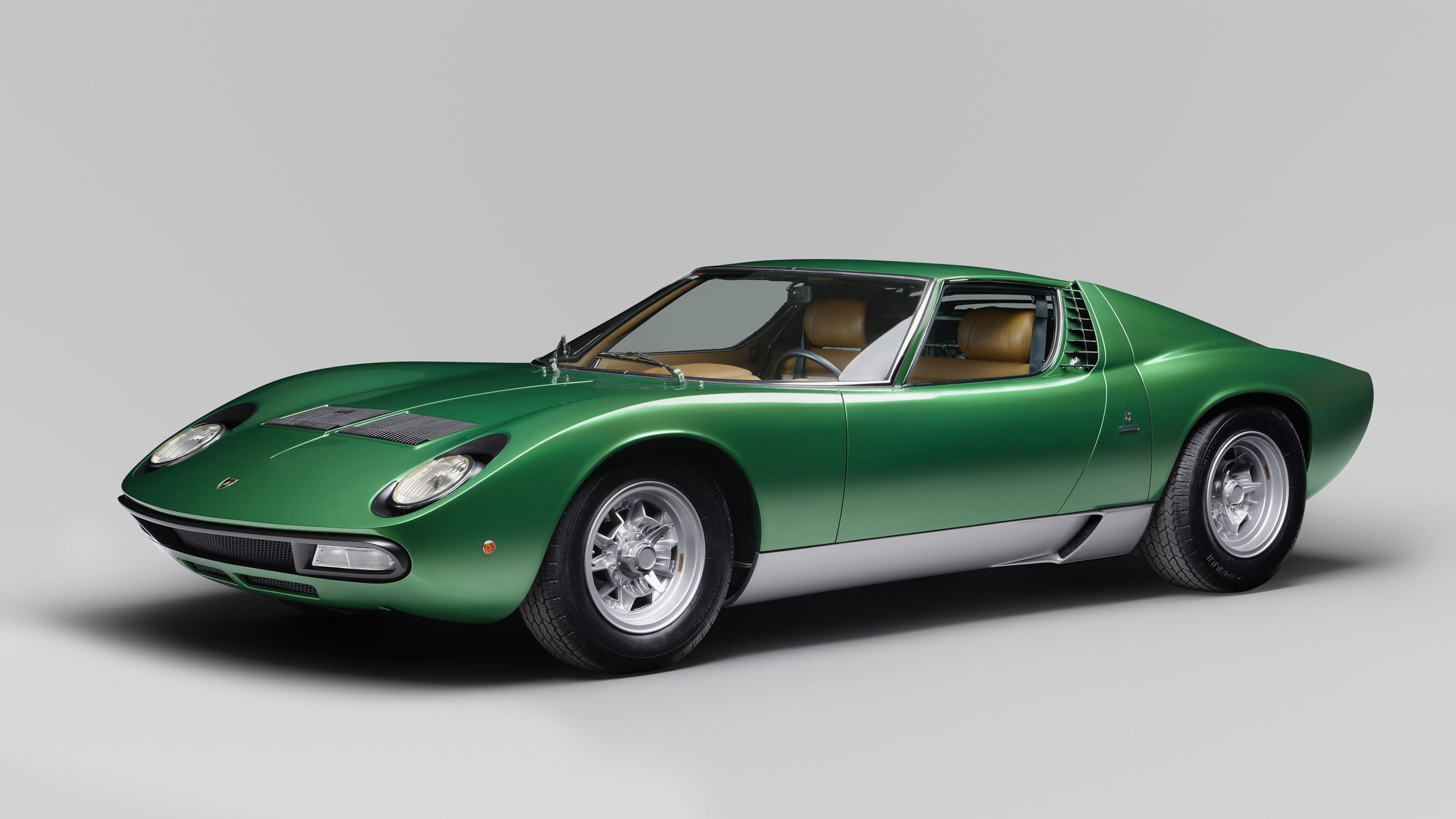
Lamborghini Miura, originally designed in 1966
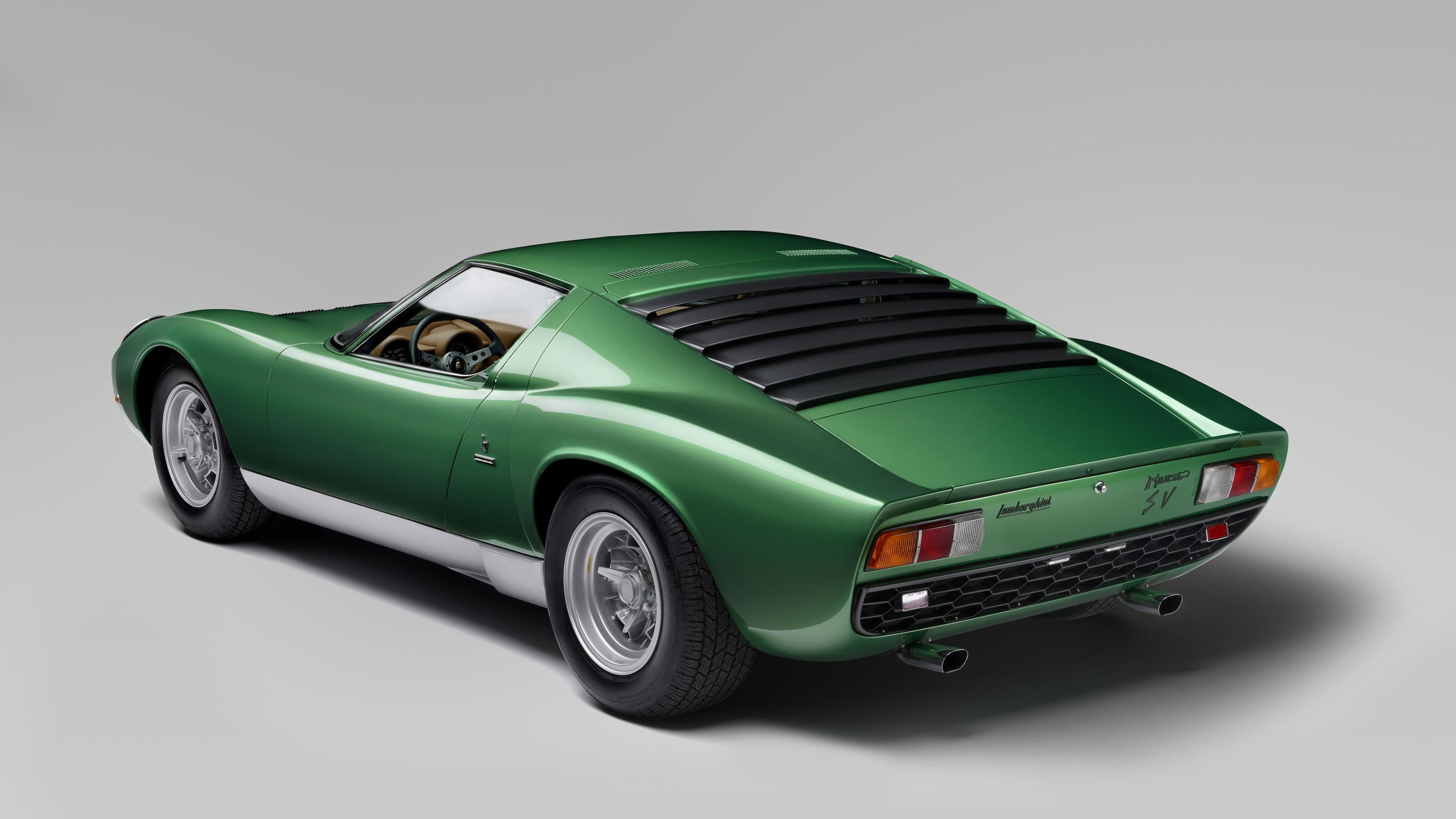
Lamborghini Miura, in its purest original form
Other icons include the Alfa Romeo Montreal, both in concept (shown at Expo 67 in Montreal) and production form, the butch Renault 5 Turbo, the Ferrari Dino 308/GT4, the Maserati Khamsin and Quattroporte II, and several other Lamborghini models, including the Urraco, Jarama and Espada.

An archive photograph of the 1970 Alfa Romeo Montreal
His Fiat X1/9, designed in 1972 for Bertone, was a miniature supercar, a mid-engined two-seater that was in production for 17 years. By distilling the low bonnet, pop-up headlights and wedgy form of his outlandish and expensive concepts and Lamborghinis into a mass-produced Fiat, Gandini gave idea of a mass-produced sports car a new lease of life.
Receive our daily digest of inspiration, escapism and design stories from around the world direct to your inbox.
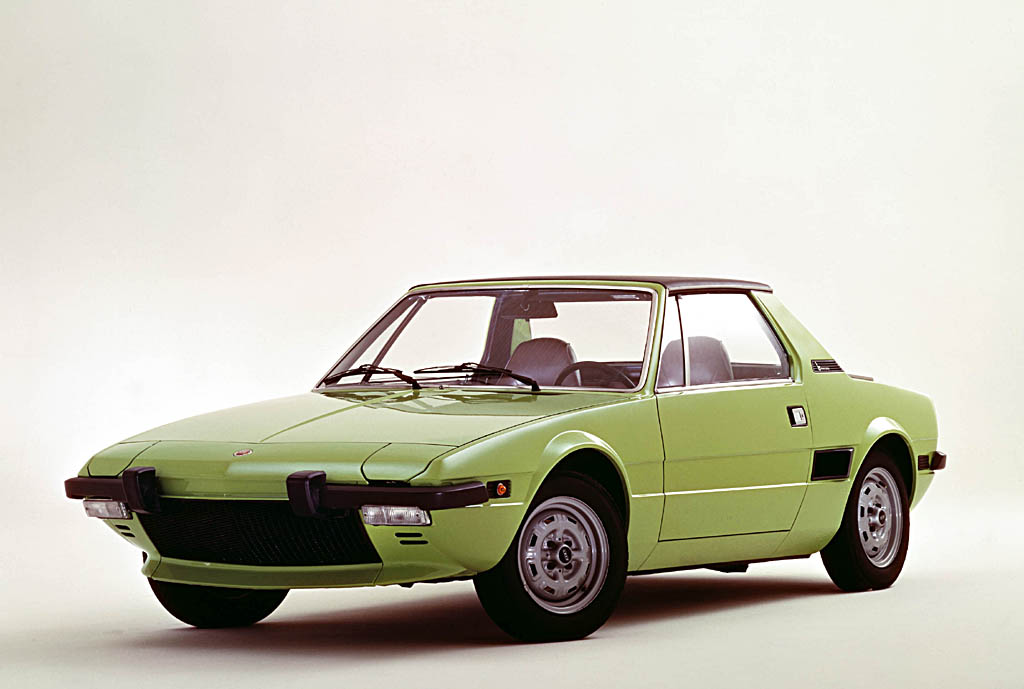
A 1978 example of the Fiat X1/9
Like many Italian designers of his era, Gandini was prolific and flexible, turning his hand to interiors, architecture product design. He left Bertone in 1980 to become a freelance consultant, and it was a great personal sadness that the company’s private museum, with its unrivalled collection of concepts, was eventually broken up and dispersed amongst the global collecting community.

The Renault 5 Turbo, one of the inspirations for the upcoming Renault 5 EV
There was also controversy about Lamborghini’s decision to ‘remake’ the Countach in modern form, with 112 examples of the LPI 800-4 built in 2022. The elderly Gandini was apparently not consulted about the decision to build a car that hewed very closely to his original design. ‘It is clear that markets and marketing itself have changed a lot since then, but as far as I am concerned, to repeat a model of the past, represents in my opinion the negation of the founding principles of my DNA,’ he stated at the time.

Lamborghini Miura
Marcello Gandini’s legacy is a portfolio of vehicles that demonstrate an unbroken evolutionary path and an unwavering commitment to form in the service of engineering.
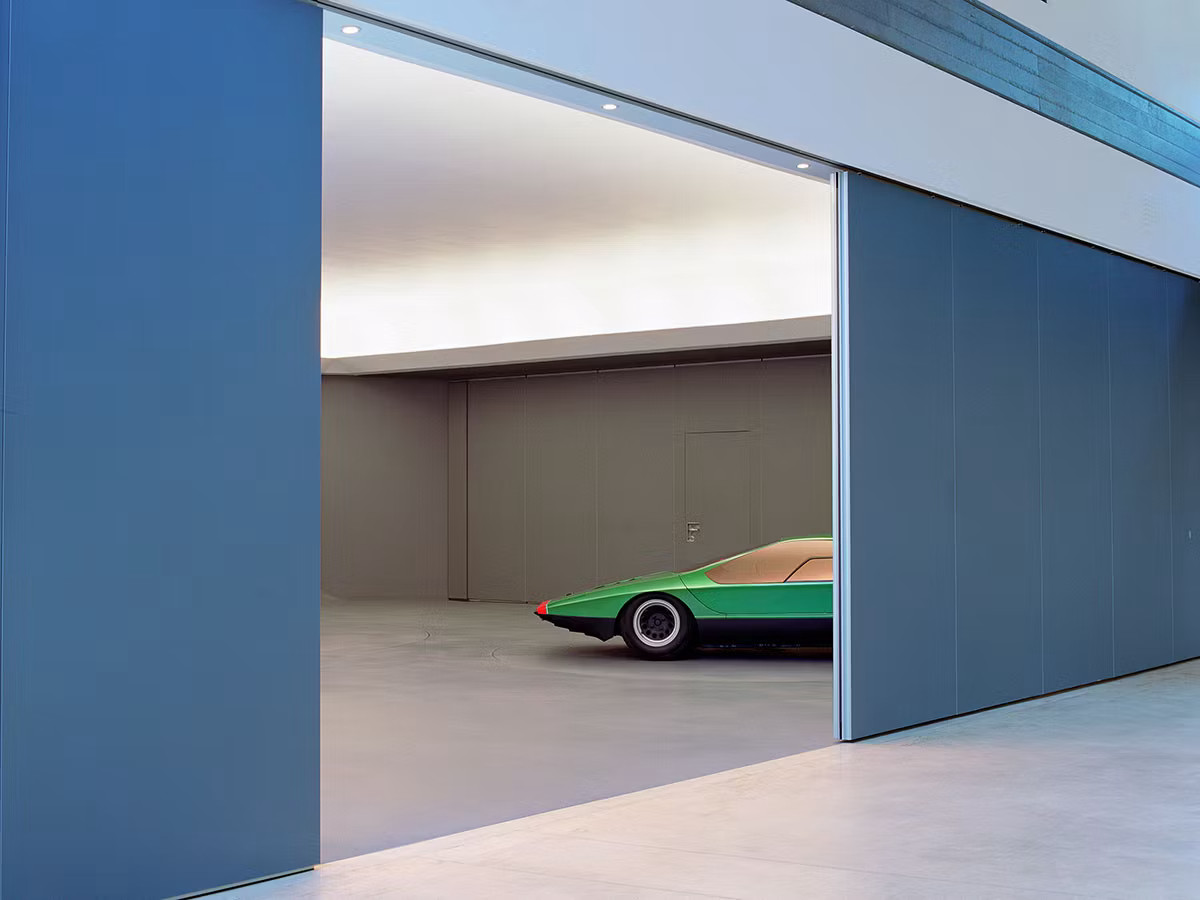
Photographer Benedict Redgrove's image of the 1968 Alfa Romeo Carabo concept, used on the cover of Wallpaper* October 2005 (W*082)
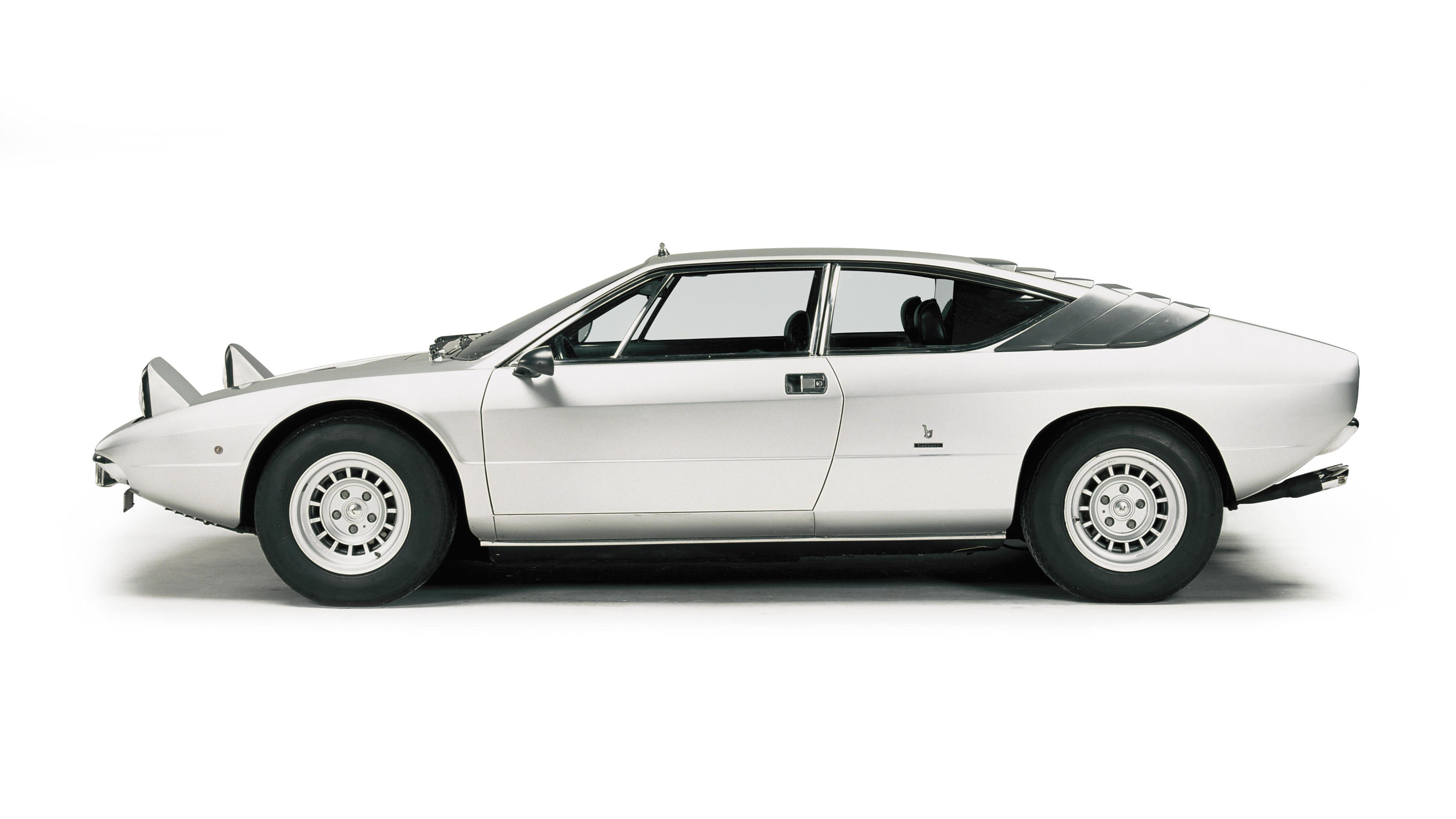
Lamborghini Urraco, 1970
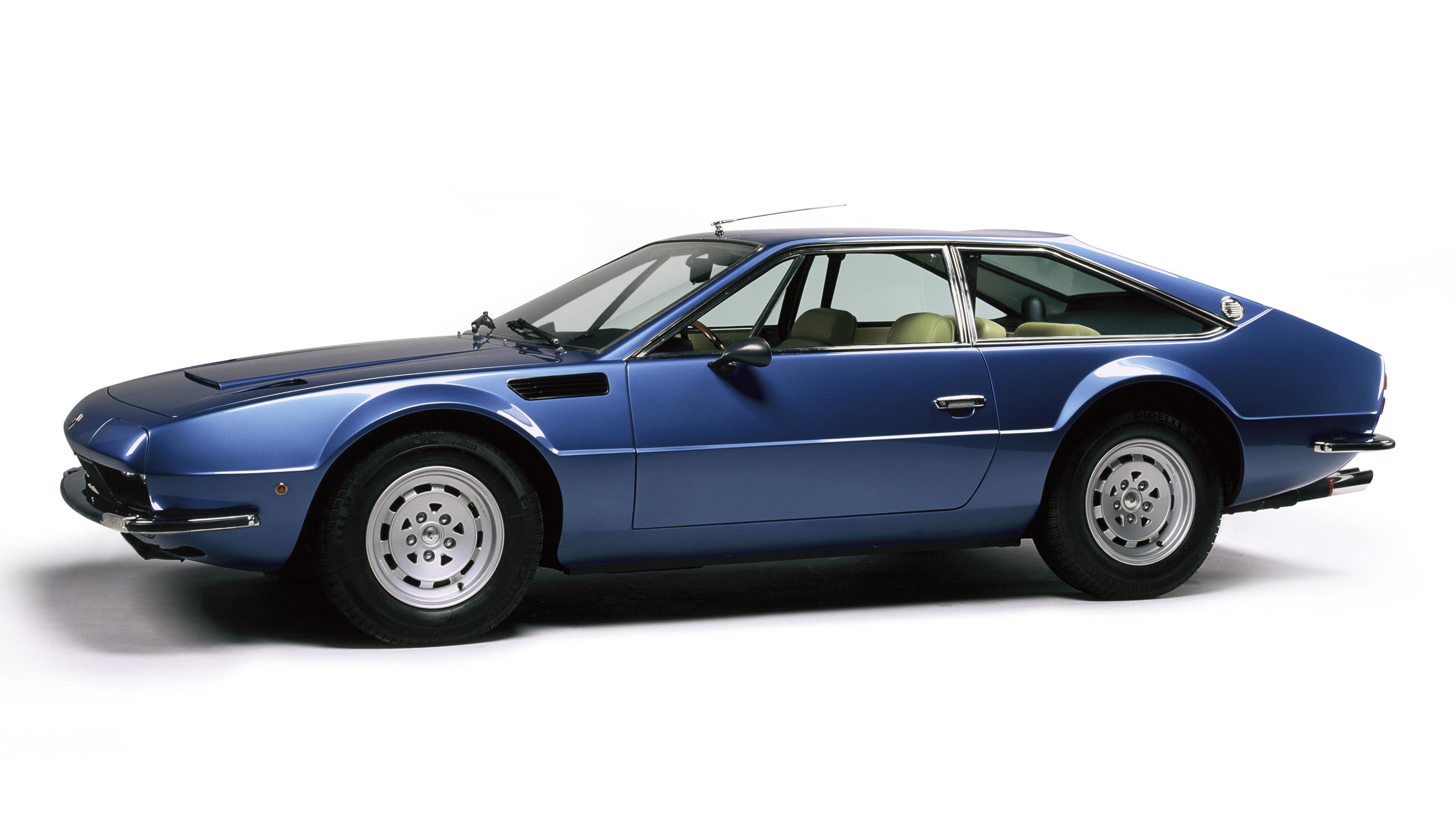
Lamborghini Jarama, 1970
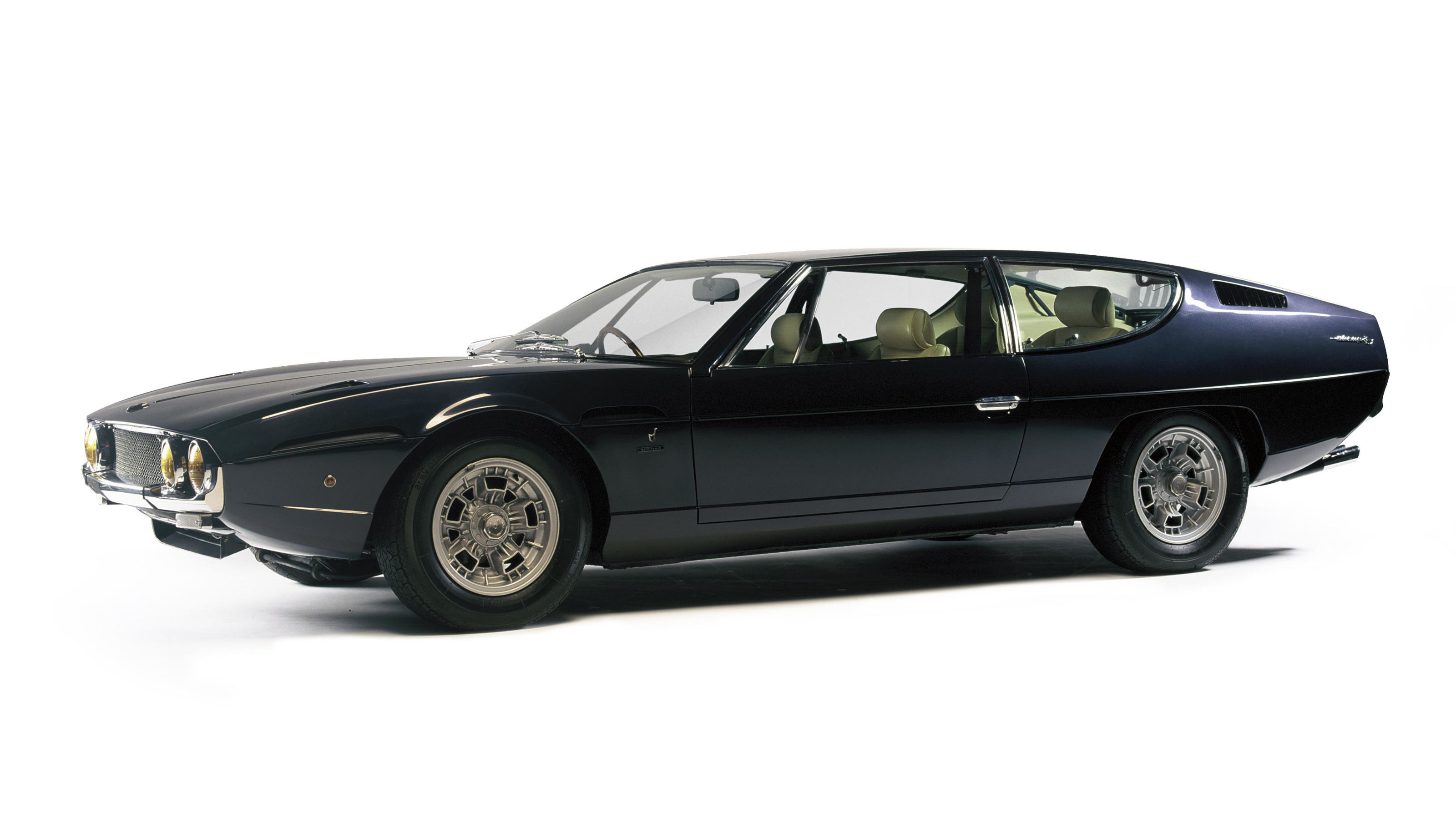
Lamborghini Espada, 1968
Jonathan Bell has written for Wallpaper* magazine since 1999, covering everything from architecture and transport design to books, tech and graphic design. He is now the magazine’s Transport and Technology Editor. Jonathan has written and edited 15 books, including Concept Car Design, 21st Century House, and The New Modern House. He is also the host of Wallpaper’s first podcast.
-
 A local’s guide to Florence: 9 unmissable haunts
A local’s guide to Florence: 9 unmissable hauntsOur contributing editor Nick Vinson spends half the year in Florence. Here, he takes us on a tour of his don’t-miss diversions
-
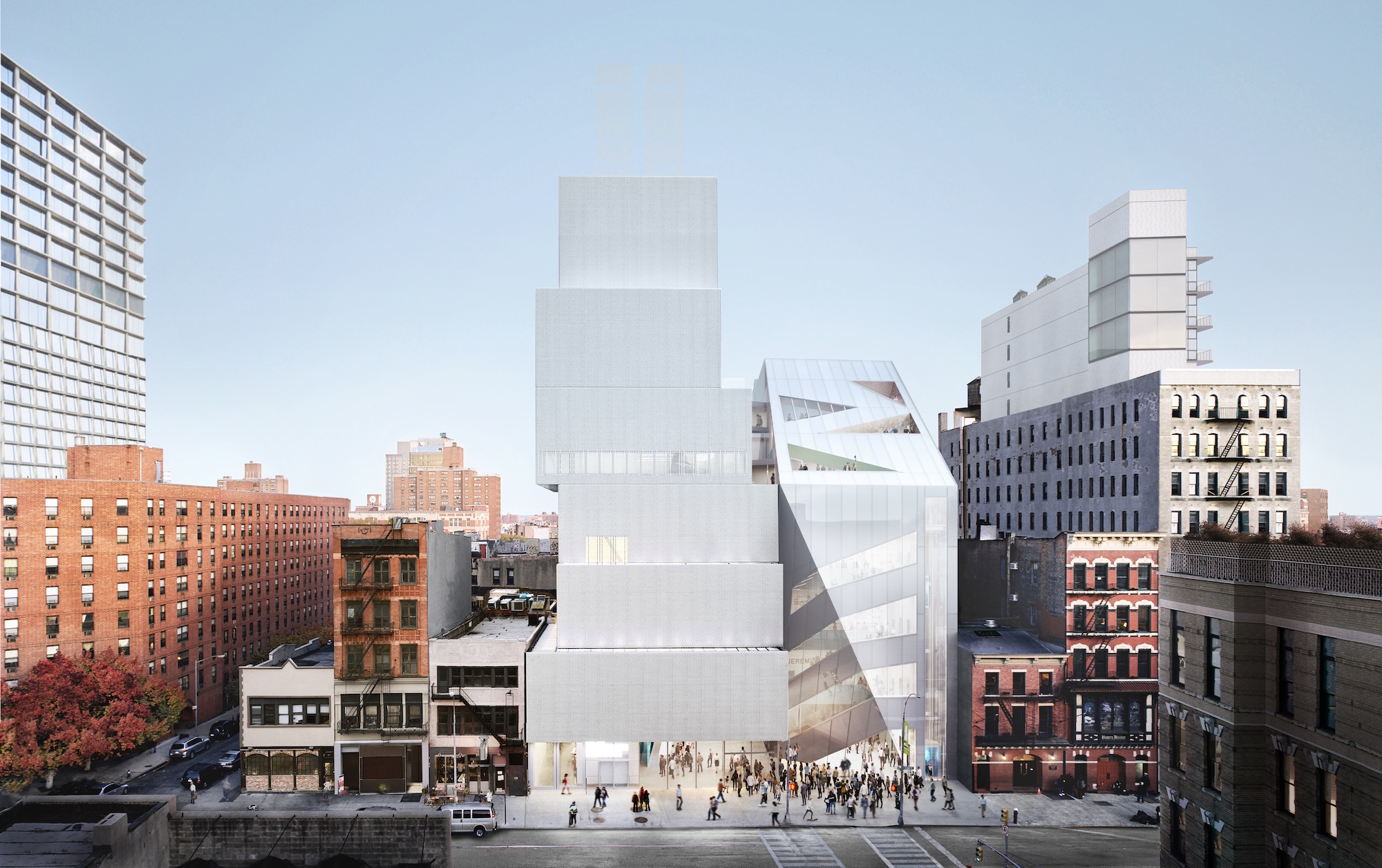 The New Museum finally has an opening date for its OMA-designed expansion
The New Museum finally has an opening date for its OMA-designed expansionThe pioneering art museum is set to open 21 March 2026. Here's what to expect
-
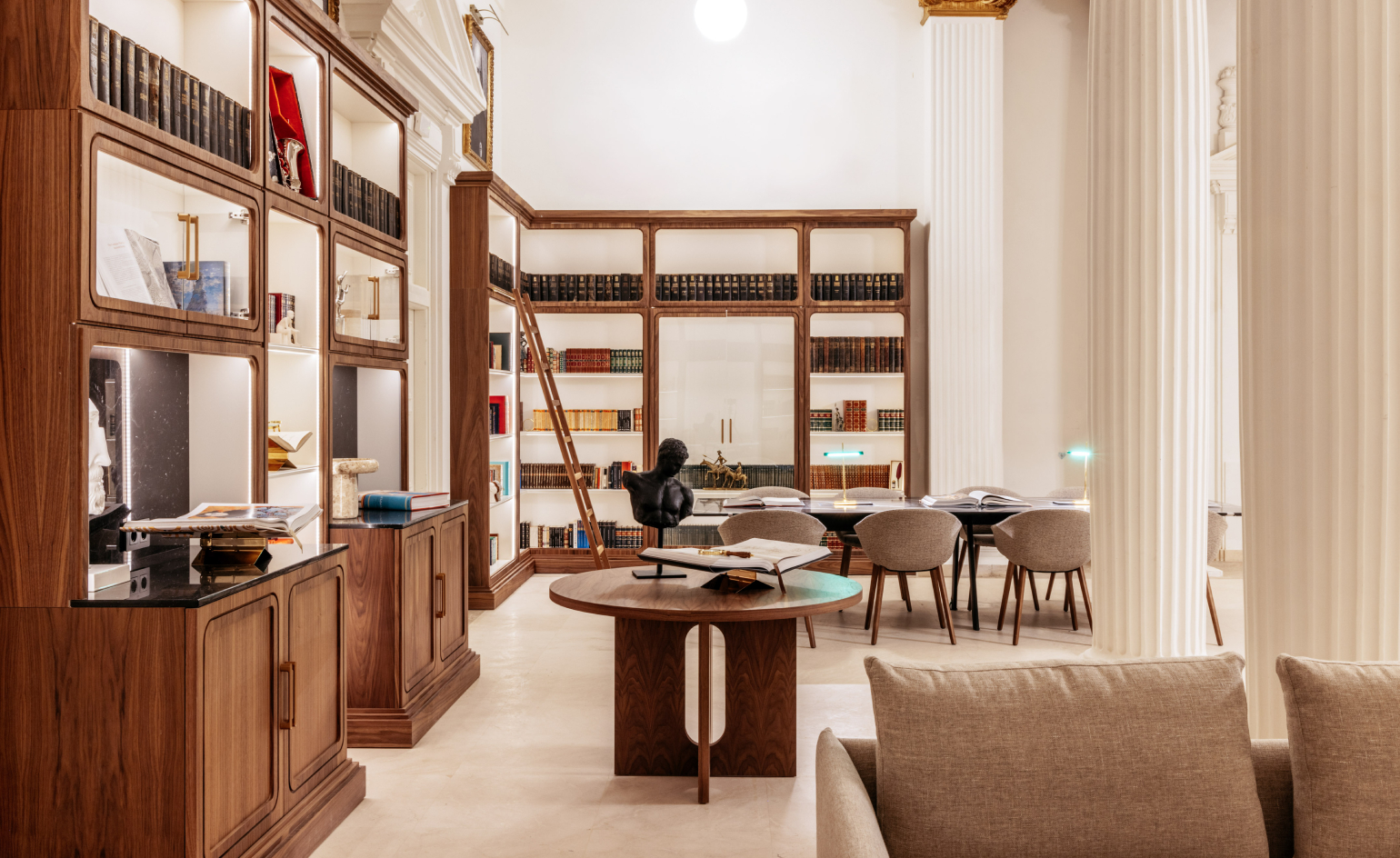 This bijou hotel in Madrid doubles as a cultural hub
This bijou hotel in Madrid doubles as a cultural hubCasa de las Artes is located within the Spanish capital’s ‘Art Triangle’. Designed by ASAH Studio, it offers the warmth and intellect of one of the many neighbouring museums
-
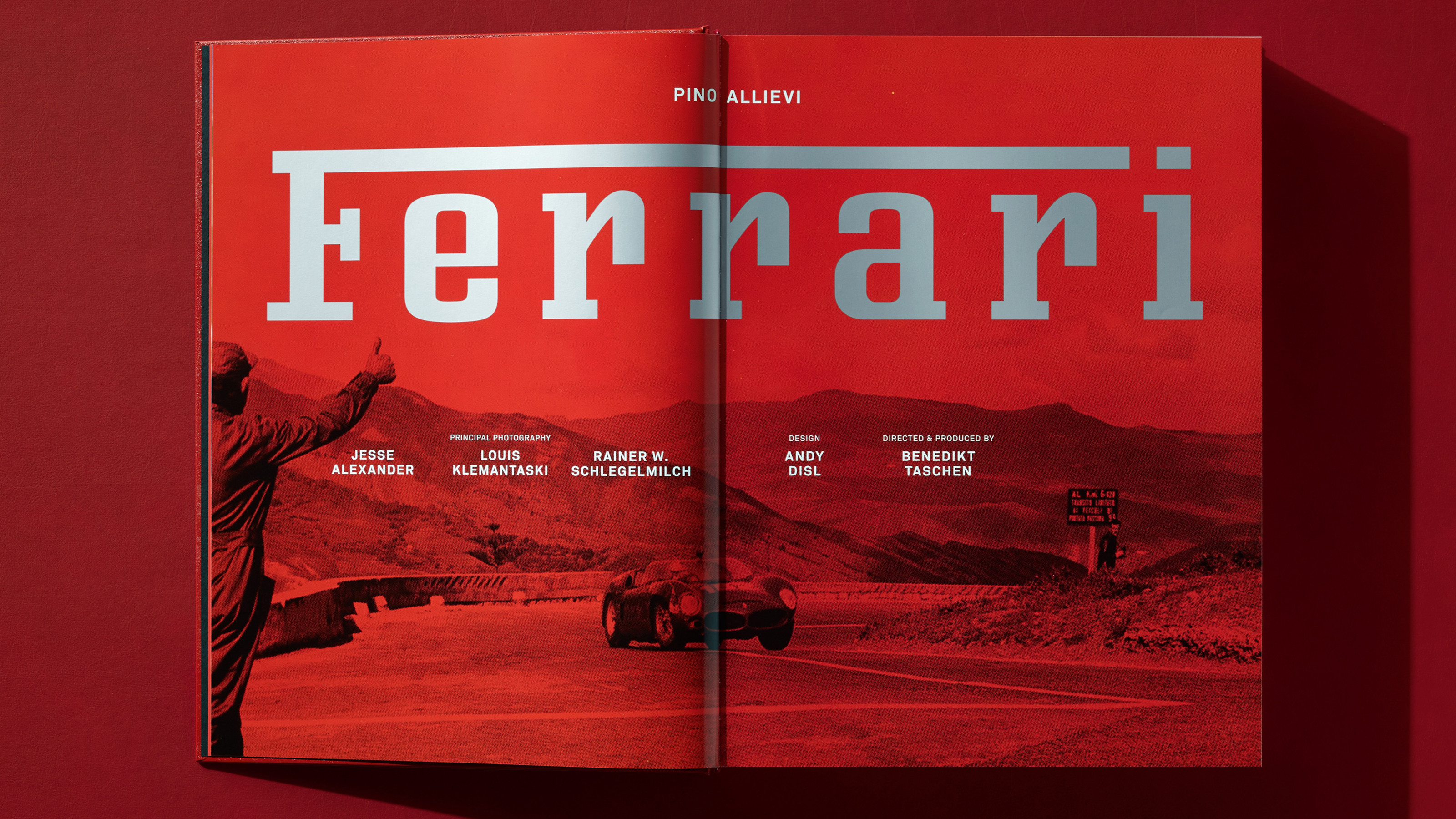 Taschen’s all-encompassing history of Ferrari is a mighty monograph for a mighty brand
Taschen’s all-encompassing history of Ferrari is a mighty monograph for a mighty brandAt nearly 700 pages, this new book from Taschen is the ultimate gift for the Ferrari fan in your life, spanning the brand’s history on road and track from inception through to the present day
-
 How will future car interiors take shape? London studio NewTerritory has a vision for automotive design
How will future car interiors take shape? London studio NewTerritory has a vision for automotive designDesign studio NewTerritory has set up a new automotive division to explore the future of car interiors. We interrogate the team
-
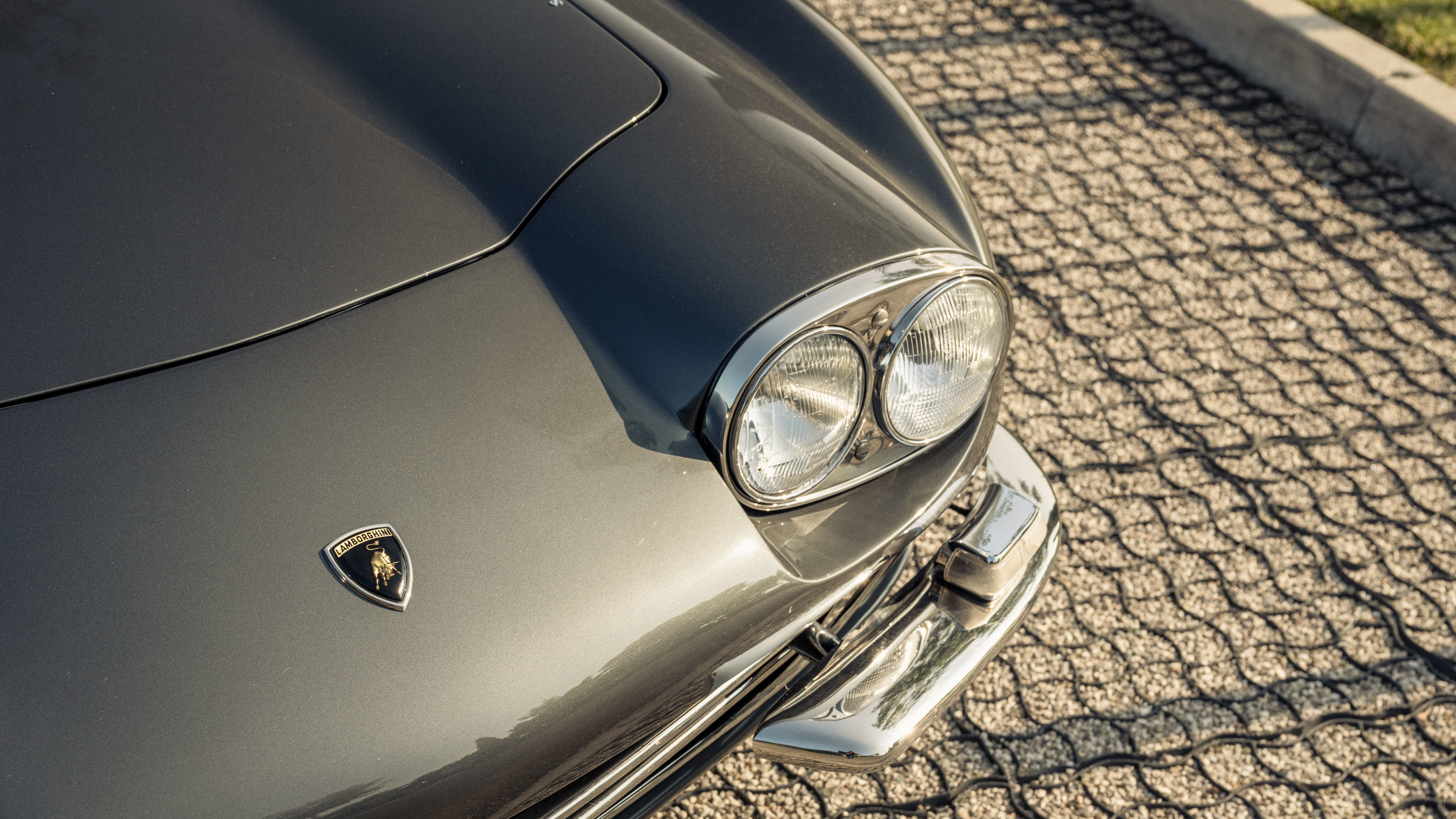 How to spot a fake Lamborghini: inside the sports car manufacturer’s Polo Storico division
How to spot a fake Lamborghini: inside the sports car manufacturer’s Polo Storico divisionFake or fortune? We talk to the team of Lamborghini experts who can spot a priceless classic from a phoney
-
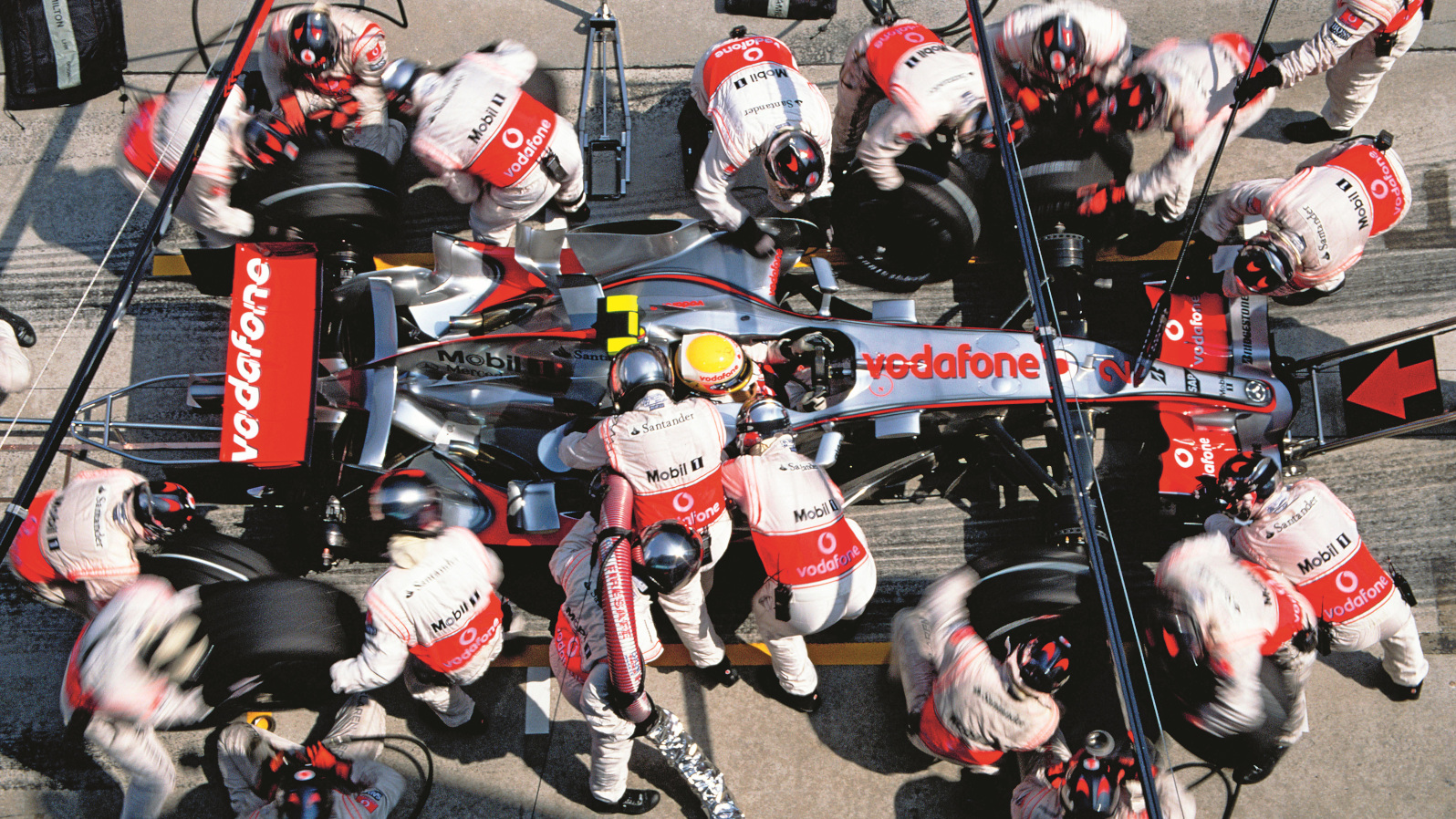 Formula 1 in photos: 100 memorable moments
Formula 1 in photos: 100 memorable momentsA new book, ‘Formula 1: The Impossible Collection’, marks 75 years of the motor-racing championship – a history full of tenacity, triumph and tragedy
-
 Ferrari drops the top on its mighty 12Cilindri super coupe to create the elegant Spider
Ferrari drops the top on its mighty 12Cilindri super coupe to create the elegant SpiderWe drive the new Ferrari 12Cilindri Spider, a last and glorious hurrah for the sound of the V12
-
 Lamborghini, fast friends with the Italian State Police for two decades
Lamborghini, fast friends with the Italian State Police for two decadesWhen the Italian police need to be somewhere fast, they turn to a long-running partnership with one of the country’s most famed sports car manufacturers, Lamborghini
-
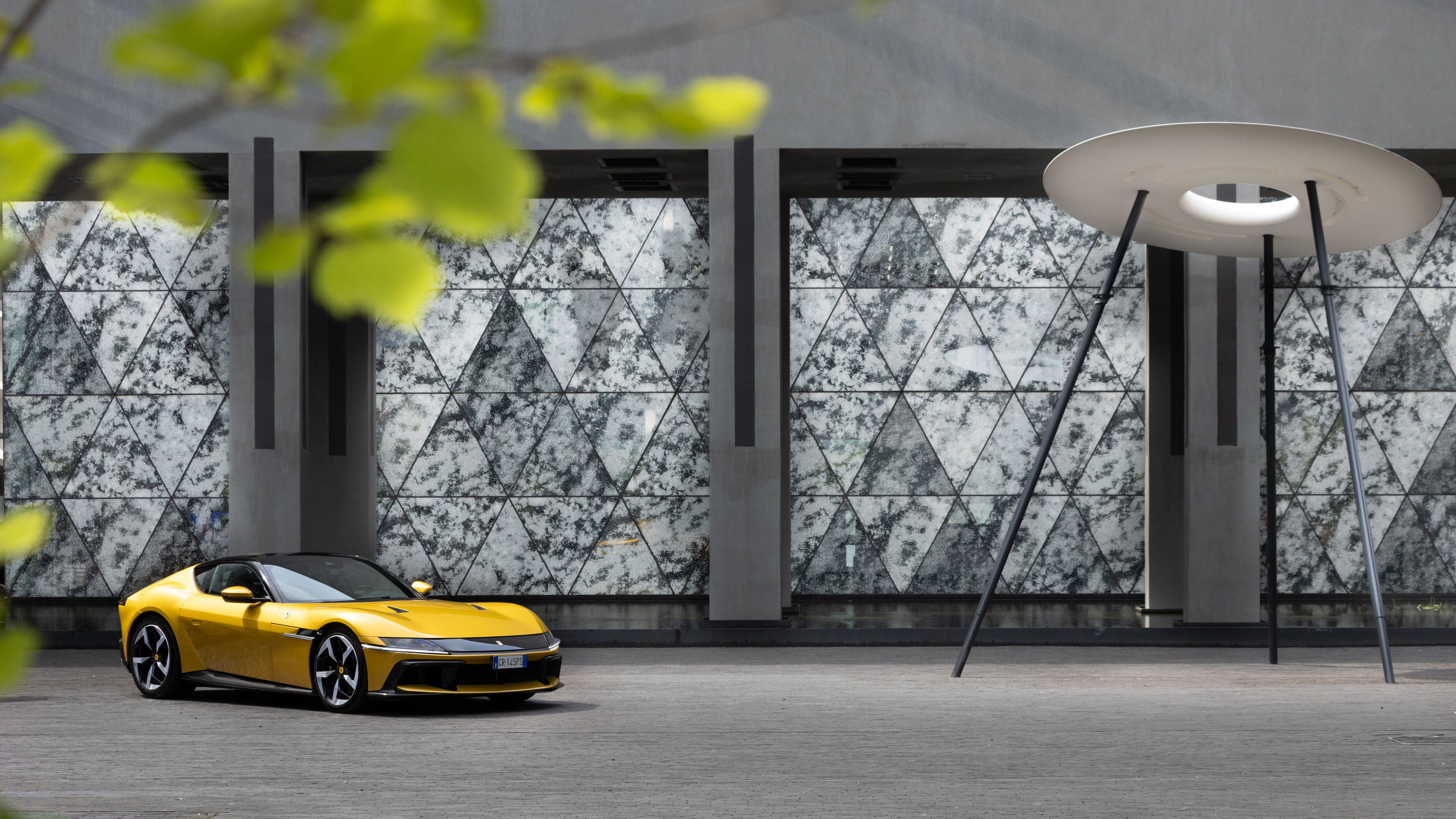 The Ferrari 12Cilindri is the ultimate expression of the marque’s greatest engine
The Ferrari 12Cilindri is the ultimate expression of the marque’s greatest engineWe sample Ferrari's latest, the mighty front-engined grand tourer that bears a simple descriptive name, 12Cilindri
-
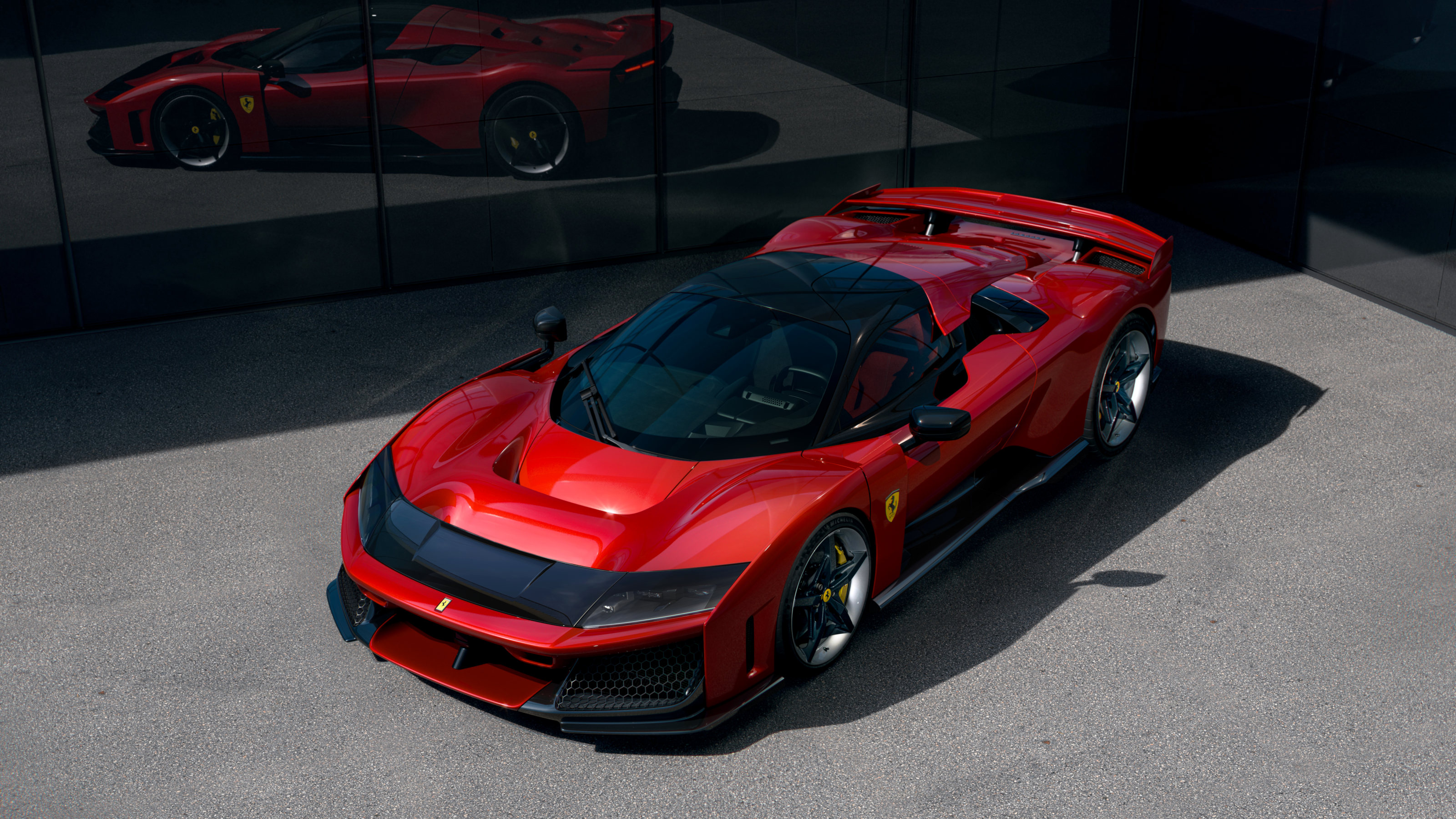 The Ferrari F80 continues the company's tradition of using supercars to showcase tech
The Ferrari F80 continues the company's tradition of using supercars to showcase techJust 799 examples of Ferrari’s ferociously complex and high-tech styled F80 will be made, helping give shape to the sports cars of tomorrow